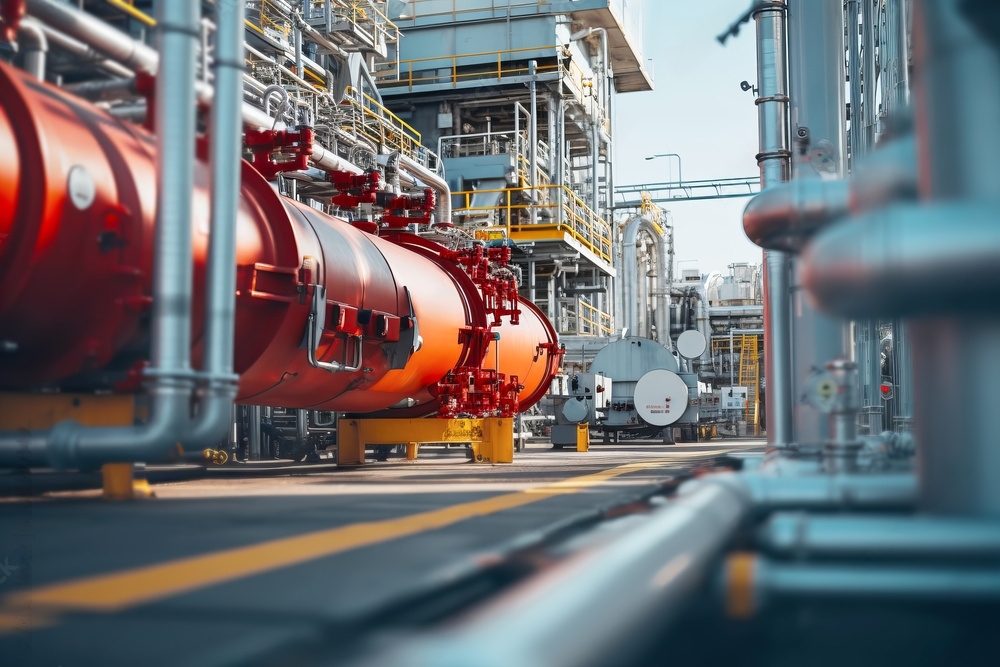- Home
- Courses
PFD, P&ID Detailed Course

- ✔️ Understand the basic principles and objectives of PFDs and P&IDs
- ✔️ Design and develop both PFDs and P&IDs for different industrial processes
- ✔️ Identify and interpret the symbols, conventions, and standards used in PFDs and P&IDs
- ✔️ Apply best practices for using PFDs and P&IDs in process engineering, control system design, and troubleshooting
- ✔️ Understand the role of PFDs and P&IDs in plant safety, maintenance, and optimization
- ✔️ Definition and purpose of PFDs
- ✔️ Key components: process streams, process equipment, and operating conditions
- ✔️ Basic symbols used in PFDs (pumps, heat exchangers, reactors, etc.)
- ✔️ Understanding the flow of materials and energy in process industries
- ✔️ Introduction to major process units in chemical, oil, and gas industries
- ✔️ Overview of PFD layout and structure
- ✔️ Design considerations and flow logic in PFDs
- ✔️ Stream identification and labeling
- ✔️ Writing operating conditions on PFDs (temperature, pressure, flow rates)
- ✔️ Calculating flow rates and determining mass balance for simple processes
- ✔️ Representation of control loops, safety features, and energy flows in PFDs
- ✔️ Integration of unit operations in PFDs (separation, reaction, heat exchange)
- ✔️ Complex systems and multi-unit process flow designs
- ✔️ Interconnecting utilities (steam, water, air) in PFDs
- ✔️ Advanced material and energy balance calculations
- ✔️ Introducing recycle and bypass loops
- ✔️ Troubleshooting and process optimization using PFDs
- ✔️ PFD case study: Designing a distillation column process flow
- ✔️ Definition and purpose of P&IDs
- ✔️ Difference between PFD and P&ID
- ✔️ Basic components and symbols used in P&IDs (piping, valves, instrumentation, etc.)
- ✔️ Standardization of P&ID symbols (ANSI, ISO, and ISA)
- ✔️ Overview of control systems and instrumentation in P&IDs
- ✔️ Detailed symbols for piping, valves, pumps, and instrumentation
- ✔️ Standard representation of instruments and controllers (e.g., transmitters, actuators, control valves)
- ✔️ Flow direction, line labeling, and tag numbers
- ✔️ Overview of the Instrumentation and Control (I&C) systems
- ✔️ Designing P&IDs for different process systems (pumps, compressors, reactors)
- ✔️ Role of control systems in process operation and safety
- ✔️ Representation of control loops in P&IDs (feedback and feedforward)
- ✔️ Key instruments: pressure, temperature, level, and flow transmitters
- ✔️ Actuators: valves, dampers, and control elements
- ✔️ Logic diagrams and interlocks in P&ID design
- ✔️ Case study: Designing a temperature control system for a chemical reactor
- ✔️ Safety instrumentation and control systems (SIS)
- ✔️ Emergency shutdown (ESD) systems and their representation
- ✔️ Safety relief devices, blow-off valves, and rupture discs in P&IDs
- ✔️ Pressure safety valves (PSVs) and their connections to the system
- ✔️ Alarms, signals, and interlocks in hazardous scenarios
- ✔️ P&ID case study: Integrating safety features into a pipeline system
- ✔️ Designing PFDs and P&IDs for heat exchangers and distillation columns
- ✔️ Representation of utilities in the design of heat exchangers
- ✔️ Steam, hot oil, and cooling water systems in P&IDs
- ✔️ Calculating heat transfer rates and pressures in PFDs for heat exchangers
- ✔️ Detailed layout for distillation column and related systems in PFD and P&ID
- ✔️ Troubleshooting common issues in heat exchangers and distillation units
- ✔️ Pump and compressor systems in PFDs and P&IDs
- ✔️ Representation of rotating machinery, seal systems, and drivers
- ✔️ Reactor design and associated piping in P&IDs
- ✔️ Monitoring and control of reactors in PFDs and P&IDs
- ✔️ Material balance calculations for reactors and separators
- ✔️ Case study: P&ID design for a chemical reactor system
- ✔️ Detailed design of instrumentation systems (pressure, temperature, level, and flow)
- ✔️ Process control strategies in PFD and P&ID (PID controllers, control valves)
- ✔️ Understanding of signals and wiring diagrams for P&IDs
- ✔️ Process safety management and instrumentation representation in P&IDs
- ✔️ Reviewing control system integration and SCADA/DCS in PFDs/P&IDs
- ✔️ Hands-on exercise: Creating a basic control system using P&ID
- ✔️ International standards for PFD and P&ID creation (ISO 10628, ISA-5.1, ANSI/ISA)
- ✔️ Documenting flow, pressure, temperature, and other conditions in PFDs/P&IDs
- ✔️ Standardized color codes, line types, and symbols
- ✔️ Revisions and version control for diagrams
- ✔️ Review of PFD and P&ID documentation practices for clear communication
- ✔️ Example of well-documented process systems
- ✔️ Group project: Designing a complete process flow and piping/instrumentation diagram for a specific process system
- ✔️ Reviewing the entire PFD/P&ID design process
- ✔️ Tips for creating clear, accurate, and compliant PFDs and P&IDs
- ✔️ Final exam: A combination of practical questions on PFD/P&ID interpretation, design, and analysis
- ✔️ Course review and Q&A session

